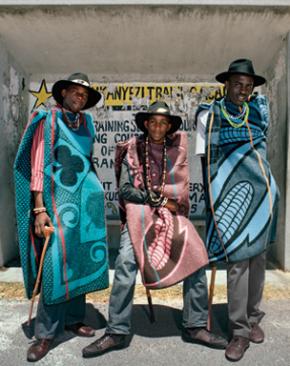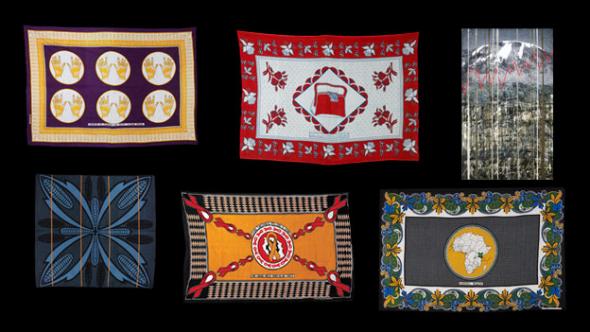Araminta de Clermont.
Posts tagged with Araminta de Clermont.
Archive
Author
- administrador
- adrianabarbosa
- Alícia Gaspar
- arimildesoares
- camillediard
- candela
- catarinasanto
- claudiar
- cristinasalvador
- franciscabagulho
- guilhermecartaxo
- herminiobovino
- joanapereira
- joanapires
- keitamayanda
- luisestevao
- mariadias
- marialuz
- mariana
- marianapinho
- mariapicarra
- mariaprata
- martacacador
- martalanca
- martamestre
- nadinesiegert
- Nélida Brito
- NilzangelaSouza
- otavioraposo
- raul f. curvelo
- ritadamasio
- samirapereira
- Victor Hugo Lopes
Data
- December 2025
- November 2025
- October 2025
- September 2025
- August 2025
- July 2025
- June 2025
- May 2025
- April 2025
- March 2025
- February 2025
- January 2025
Tags
Most read
- Maneiras de Ver: Empregadas Domésticas e Mulheres-a-dias em Portugal
- A Cidade Invisível:
- O Agente Secreto
- Kriolu Ku Gii ao vivo em Assomada – Debate sobre a Oficialização da Língua Cabo-verdiana
- TEATRO MERIDIONAL PROMOVE AS JORNADAS DE REFLEXÃO SOBRE O IMPACTO DA DESCOLONIZAÇÃO NAS ARTES PERFORMATIVAS
- Deep time Soundings / Escuta do Tempo Profundo Palestra-Performance de Margarida Mendes
- Rito de Transição: Corpo T
- Casa 75, Branca Clara das Neves
- "DIA JÁ MANCHE": o espírito do Monte Cara renasce
- Assédio nas Artes Performativas em Portugal
 Social fabric African textiles todayTextiles of southern and eastern Africa. The rich fabric of African printed and factory-woven textiles reflects changing times, fashions and tastes. From eastern to southern Africa, the social and historical significance of these beautiful and diverse materials are also reflected in the identities of those who wear them.
Social fabric African textiles todayTextiles of southern and eastern Africa. The rich fabric of African printed and factory-woven textiles reflects changing times, fashions and tastes. From eastern to southern Africa, the social and historical significance of these beautiful and diverse materials are also reflected in the identities of those who wear them.
